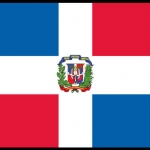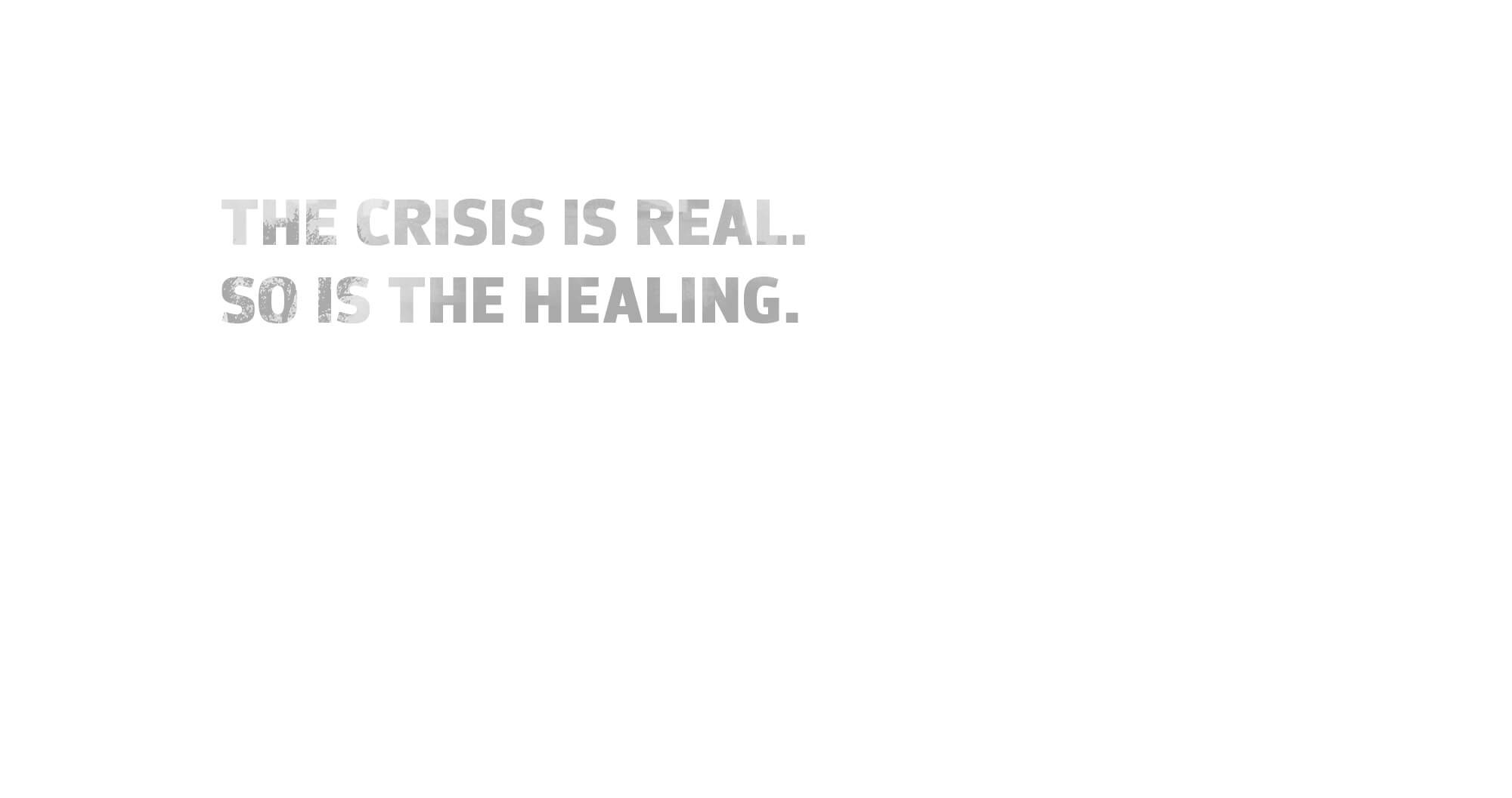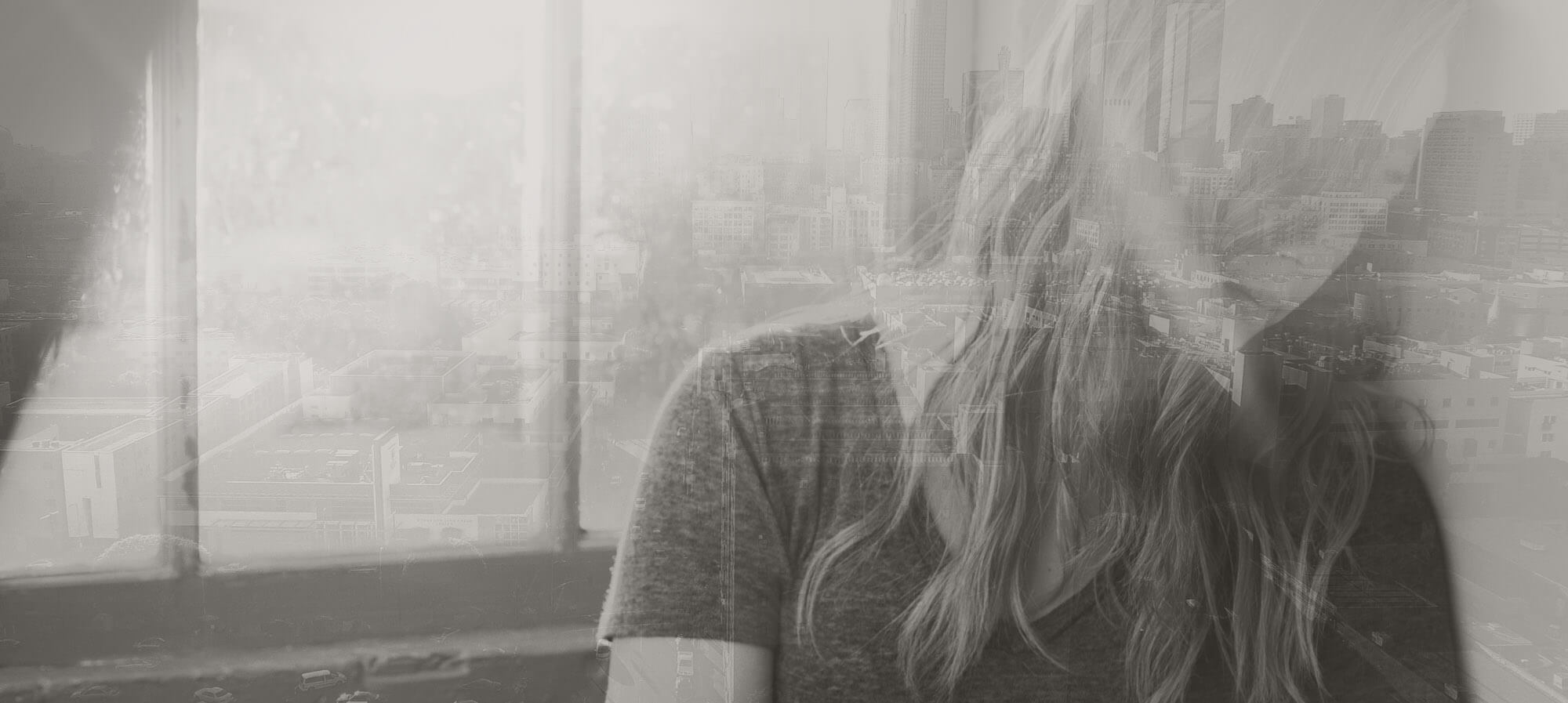[fusion_builder_container hundred_percent=”yes” overflow=”visible”][fusion_builder_row][fusion_builder_column type=”1_1″ background_position=”left top” background_color=”” border_size=”” border_color=”” border_style=”solid” spacing=”yes” background_image=”” background_repeat=”no-repeat” padding=”” margin_top=”0px” margin_bottom=”0px” class=”” id=”” animation_type=”” animation_speed=”0.3″ animation_direction=”left” hide_on_mobile=”no” center_content=”no” min_height=”none”][fusion_title size=”2″]A Global Perspective — Dominican Republic[/fusion_title]
Trafficking
There are 50,000 women from the Dominican Republic overseas in the sex industry – the fourth highest number in the world, after Thailand, Brazil and the Philippines. (“Trafficking in Women From the Dominian Republic for Sexual Exploitation,” IOM, June 1996)
Approximately 10% of the 500-600 visas issued to Dominican nationals from the Netherlands each year are for prostitution. (“Trafficking in Women From the Dominican Republic for Sexual Exploitation,” IOM, June 1996)
Women from the Dominican Republic are trafficked to Spain, Italy, Austria and the Netherlands. (“Trafficking of Women to the European Union: Characteristics, Trends and Policy Issues,” European Conference on Trafficking in Women, (June 1996), IOM, 7 May 1996)
The main concentrations of prostituted Dominican women working abroad are in Austria, Curacao, Germany, Greece, Haiti, Italy, the Netherlands, Panama, Puerto Rico, Spain, Switzerland, Venezuela and the West Indies. (“Trafficking in Women From the Dominican Republic for Sexual Exploitation,” IOM, June 1996)
The majority of Dominican prostituted women report two main objectives for being in the sex industry abroad: those with children said it was a financial necessity to feed and raise their children; and those without children said it was to buy a home for their parents. For most of the trafficked women, the husband, father or boyfriend accepted that they travel without ever clarifying exactly what king of job would be performed. And it was usually the husband, father or boyfriend who would receive the remittances from the women abroad. (“Trafficking in Women From the Dominican Republic for Sexual Exploitation,” IOM, June 1996)
The average age of women when they make their first trip abroad is between 24 and 28. The average education level was completion of primary school. (“Trafficking in Women From the Dominican Republic for Sexual Exploitation,” IOM, June 1996)
Some of the women who returned to the Dominican Republic were deported by the police. Some women found a way to escape from the traffickers and returned, with the help of friends. Many trafficked women cannot return home because they do not have the financial means; they have no savings, are drug or alcohol-dependent, or are in prison. (“Trafficking in Women From the Dominican Republic for Sexual Exploitation,” IOM, June 1996)
Most of the trafficked women said if they had known their fate, they would never have gone. Only a minority of the women was able to save money to bring back home with them. The amounts varying from US$300 (the Netherlands) to US$10,000 (Switzerland) after almost one year in the sex industry. Some women who returned after sending money are welcomed home. Their new clothes and jewelry, or their familys new or improved house was an advertisement for other young women to go abroad. (“Trafficking in Women From the Dominican Republic for Sexual Exploitation,” IOM, June 1996)
Methods and Techniques of Trafficking
Girls are lured into marriages under false pretenses, then end up being prostituted or sold by their “husband.” (“Trafficking in Women From the Dominican Republic for Sexual Exploitation,” IOM, June 1996)
Trafficked women and girls are first approached by a friend, sister, or member of the family who is already in the destination country. There is typically a combination of local and foreign traffickers. The first trafficker, a local person, remains in the country when the women leave. A second trafficker takes them to the destination country where they are sold to another trafficker or impresario at the port upon arrival. Normally, the recruiter takes care of obtaining all the documents. The majority of women were given a false identity in legal certificates and passports, a strategy used by traffickers to avoid legal problems both in the country of origin and destination. Thus, the women cannot seek legal action because she is using a non-existent identity Once the girl is taken she is held in debt bondage, for her travel expenses. Upon arrival in the destination country, the women are received by the local trafficker and put into prostitution immediately. Without exception, their documents were taken away by the traffickers and they are told not to talk to anybody. Many suffer physical violence by the traffickers, pimps or brothel owners. (“Trafficking in Women From the Dominican Republic for Sexual Exploitation,” IOM, June 1996)
All of the women were told by intermediaries that they would work as barmaids, in striptease shows, as dancers or entertainers. None were told about prostitution. Most, especially those with the destination of Europe, were trafficked via direct air route. (“Trafficking in Women From the Dominican Republic for Sexual Exploitation,” IOM, June 1996)
Tourist visas to Austria are commonly used for the purpose of prostitution. (“Trafficking in Women From the Dominican Republic for Sexual Exploitation,” IOM, June 1996)
Artist visas to Switzerland are commonly used for trafficking in women for prostitution. (“Trafficking in Women From the Dominican Republic for Sexual Exploitation,” IOM, June 1996)
Swiss traffickers are reported to have been active in the Dominican Republic for several years, working in the capital and in beach resorts. Women have to pay up to US$1,500 to the traffickers for a 3 months contract in Switzerland. (“Trafficking in Women From the Dominican Republic for Sexual Exploitation,” IOM, June 1996)
Many women trafficked into the Netherlands do not ask for a Dutch visa because by travelling to Denmark or Italy first where visas are not required, they can pass quite easily to the Netherlands. (“Trafficking in Women From the Dominican Republic for Sexual Exploitation,” IOM, June 1996)
One of the most common systems used by Dutch traffickers is officially inviting a Dominican woman to visit the country. Another common method used by Dutch traffickers is the false recognition of a Dominican daughter, whereby children under 17 can obtain Dutch nationality and travel to the Netherlands. Traffickers falsify or forge birth certificates. (“Trafficking in Women From the Dominican Republic for Sexual Exploitation,” IOM, June 1996)
Women trafficked to Greece said that they had to work as dancers or prostitutes for the first three months without pay which meant incurring debts for accommodation, food, and clothes. Then for the following three months they were allowed to keep 25-30% of what they earned from which their debts had to be paid. They were rotated to different cabarets. All suffered physical violence. (“Trafficking in Women From the Dominican Republic for Sexual Exploitation,” IOM, June 1996)[/fusion_builder_column][/fusion_builder_row][/fusion_builder_container]







